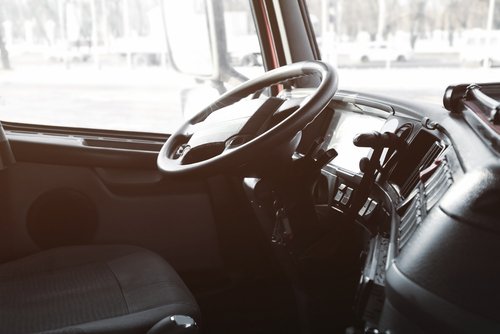What Driverless Trucks Mean for the Logistics Industry
Although they may have seemed far off in the future only a few years ago, autonomous vehicles, or self-driving vehicles, are now becoming a reality.
The number of U.S. states that have introduced legislation to allow self-driving vehicles has increased rapidly, from just 16 states in 2015 to 33 states in 2017. Nevada was the first state to authorize the operation of autonomous vehicles in 2011. Since then, Alabama, Arkansas, California, Colorado, Connecticut, Florida, Georgia, Illinois, Louisiana, Michigan, New York, North Carolina, North Dakota, Pennsylvania, South Carolina, Tennessee, Texas, Utah, Virginia, Vermont and Washington D.C have followed in its footsteps by also passing legislation regarding autonomous vehicles.
In October of 2016, Uber ATG – then called Otto – successfully deployed a self-driving truck that hauled a load of Budweiser beer on a 120-mile trek through Colorado in what marked the world’s first commercial shipment by self-driving truck.
According to Uber, the consistent patterns and predictable road conditions of highway driving, combined with the fact that highways make up only 5% of U.S. roads, make it optimal to deploy self-driving technology. Anthony Levandowski, a former self-driving car engineer for Google and the co-founder of Otto, has said that he believes the most important thing computers will do over the next ten years is drive cars and trucks for people.
Furthering the driverless vehicle movement, the Trucking Alliance Board of Directors, which represents eight large trucking companies that operate 68,000 trucks, 175,000 semitrailers and containers, and employ more than 52,000 people, unanimously passed a resolution that “supports the development of advanced vehicle technologies that enable commercial drivers to utilize highly automated driving systems, enhancing their safety and security.”
But what does all of this mean for the logistics industry? With the serious shortage of drivers in the U.S. – currently 20,000 and expected to grow to over 100,000 within a decade, driverless trucks could have a huge impact on the prosperity of the industry. Furthermore, the cost of transporting goods would be drastically reduced, as the cost of employing truck drivers would be eliminated.
The greatest benefit of driverless trucks, however, is the increase in safety. Self-driving vehicles are reported to be incredibly safe, supported by evidence from driverless prototypes around the globe. In fact, every single accident involving driverless vehicles has been caused by human drivers; autonomous vehicles have never caused an accident. With the introduction of self-driving trucks, companies such as Uber are committed to reducing the thousands of preventable accidents that occur on America’s highways each year.


